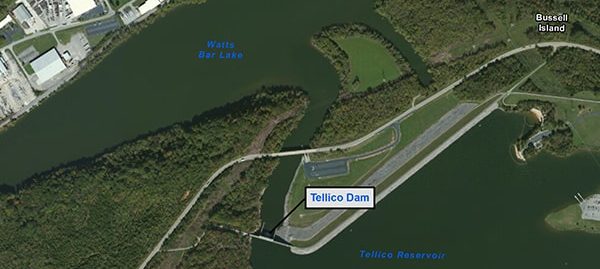Recently a student asked me about section 7(d) of the Endangered Species Act (Act). Section 7(d) is the section that prohibits action agencies and any applicant from making any irreversible or irretrievable commitment of resources to a proposed action while that project is in the consultation process.
“(d) After initiation of consultation required under subsection (a)(2), the Federal agency and the permit or license applicant shall not make any irreversible or irretrievable commitment of resources with respect to the agency action which has the effect of foreclosing the formulation or implementation of any reasonable and prudent alternative measures which would not violate subsection (a)(2).”(Act section 7).
Congress added this section to the Act through amendments in 1978 partially as a response to issues surrounding the snail darter and the Tellico Dam in Tennessee. (A fascinating saga about the Act and section 7 consultation!)
The purpose of section 7(d) is to preserve options in case the consultation eventually concludes that the proposed project is likely to jeopardize a listed species or is likely to result in the destruction or adverse modification of designated critical habitat. Preserving options is important in such cases because the Services (National Marine Fisheries Services or Fish and Wildlife Service) are expected to try to develop a reasonable and prudent alternative (to the original proposed action) that would fulfill the intent of the proposed action but also remove the likely to jeopardize or likely to destroy or adversely modify conclusions (50 CFR 402.02 and 402.09). If the reasonable and prudent alternative is used by the action agency, the action can proceed and be consistent with Congress’ requirement for federal action agencies under 7(a)(2) of the Act.
Just like the requirement for an action agency’s project to be compliant with 7(a)(2), 7(d) is understood to be a requirement and responsibility during consultation that Congress placed on the federal action agency, not the Services involved in the consultation. The 1998 handbook (p. 2-7) makes it clear that the Service does not “…provide an opinion on the question of resource commitments.”). Even in the preamble to the 1986 consultation regulations, the Service was clear about its role stating that 7(d) is “strictly prohibitory in nature and not consultative.” (FR Vol. 51, No. 106, June 3, 1986, p. 19938).
Though decisions around the 7(d) prohibition are the action agency’s responsibility, the Service can help the action agency understand the purpose of 7(d), function and structure of a reasonable and prudent alternative, status of the species or critical habitat, etc.
In addition to the issue of avoiding foreclosing formulation of a reasonable and prudent alternative, the action agency also must consider any other prohibited acts that might exist for the species under consultation. In particular those set out in section 9 for endangered species or a section 4(d) rule for threatened species.
Bottom line is that 7(d) is an important prohibition on irreversible or irretrievable commitment of resources during consultation and there are many facets for the action agency and any applicant to consider when contemplating implementing activities before consultation is completed.

